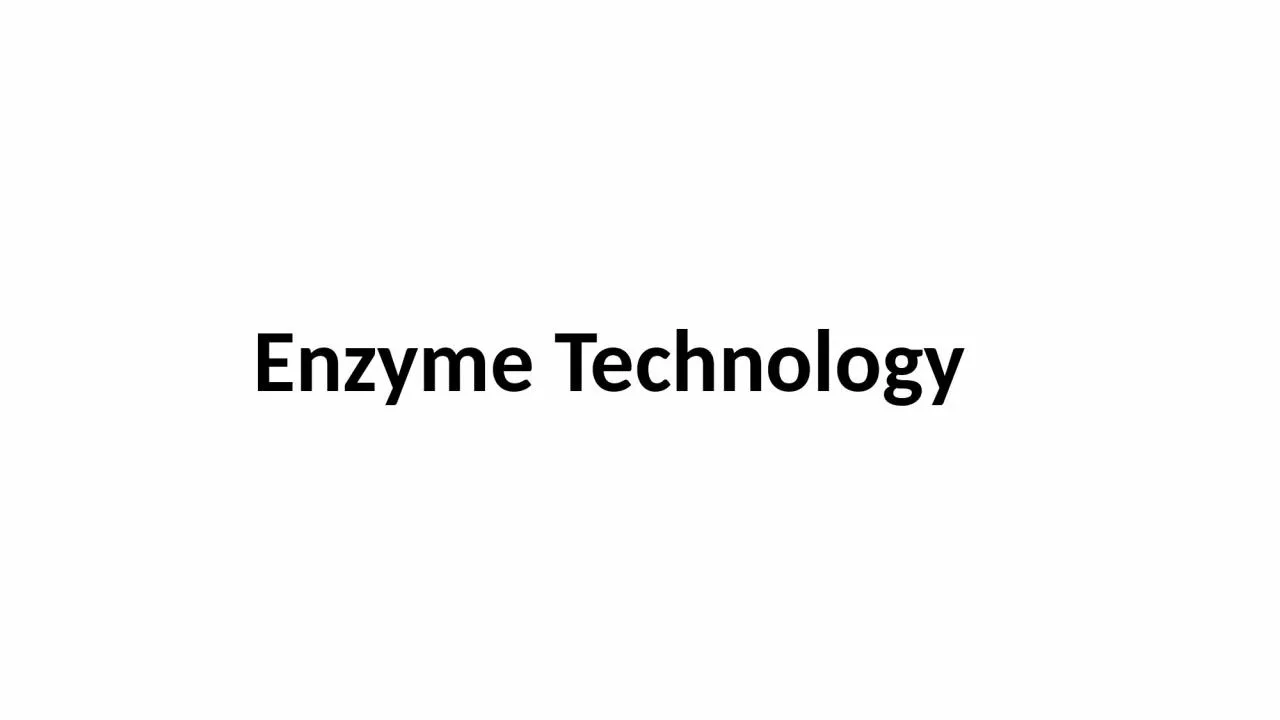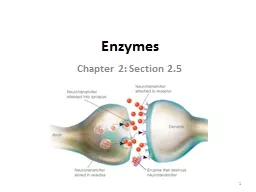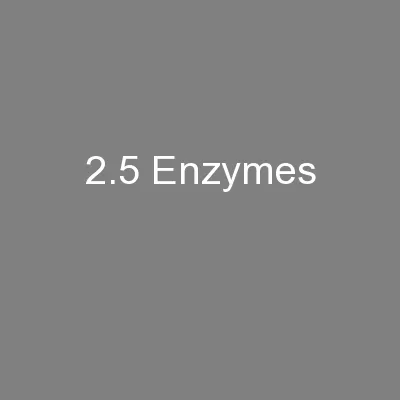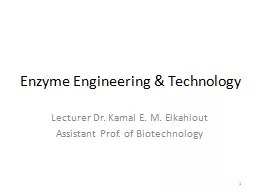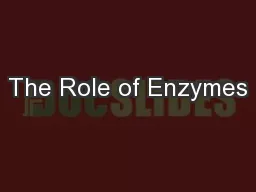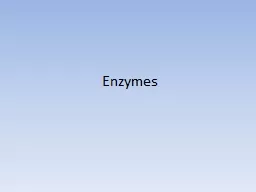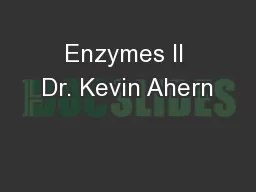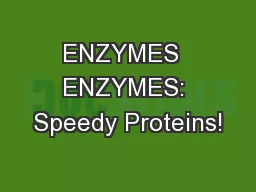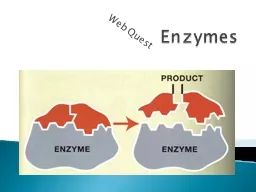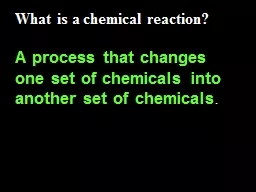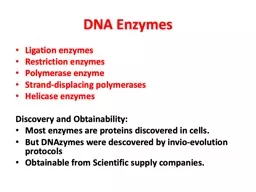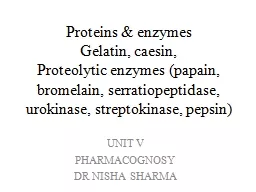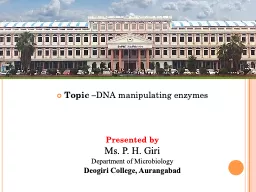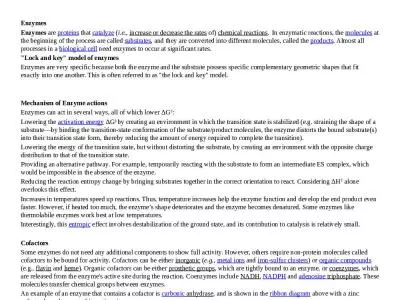PPT-Enzyme Technology Enzymes
Author : ceila | Published Date : 2023-11-24
biological catalysts proteinaceous specific catalytic site active centre some enzymes contain cofactor nonprotein organic compound catalytically
Presentation Embed Code
Download Presentation
Download Presentation The PPT/PDF document "Enzyme Technology Enzymes" is the property of its rightful owner. Permission is granted to download and print the materials on this website for personal, non-commercial use only, and to display it on your personal computer provided you do not modify the materials and that you retain all copyright notices contained in the materials. By downloading content from our website, you accept the terms of this agreement.
Enzyme Technology Enzymes: Transcript
Download Rules Of Document
"Enzyme Technology Enzymes"The content belongs to its owner. You may download and print it for personal use, without modification, and keep all copyright notices. By downloading, you agree to these terms.
Related Documents

